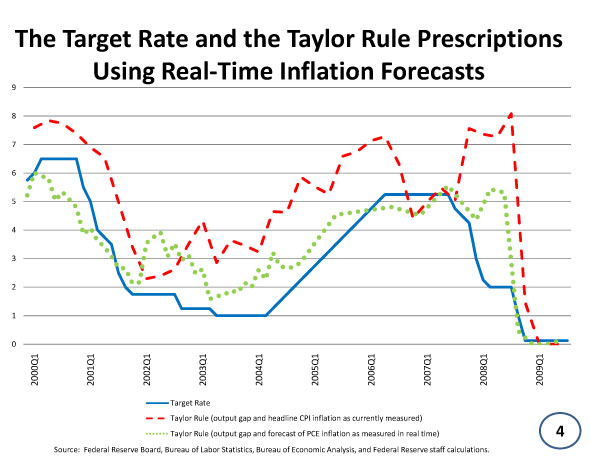- Joined
- Jan 25, 2010
- Messages
- 30,788
- Reaction score
- 15,088
- Gender
- Undisclosed
- Political Leaning
- Undisclosed
To blame the meltdown on the Community Reinvestment Act is totalt nonsense. The sub-prime debacle has many causes, including greed, lack of and ineffective regulation, failures of risk assessment and management, and misplaced optimism. But CRA is not to blame.
First, the timing is all wrong. CRA was enacted in 1977, its companion disclosure statute, the Home Mortgage Disclosure Act (HMDA) in 1975. While many warned against bad subprime lending before the turn of the millennium, the massive breakdown of underwriting and extension of risky products far down the income scale-without bothering to even check on income-was primarily a post-2003 phenomenon. To blame a statute enacted in 1977 for something that happened 25 years later is quite a stretch.
Secondly the punishment for being in the bad books of the CRA is to have a review done of its standing according to the CRA and use that information as part of decision making regarding allowing mergers or takeovers to occur. It did not prevent mergers but was only taken into consideration when wanting to merger or takeover other banks.
Also companies like Countrywide, Ditech etc, the ones that made the majority of subprime loans were not subject to the CRA to begin with


